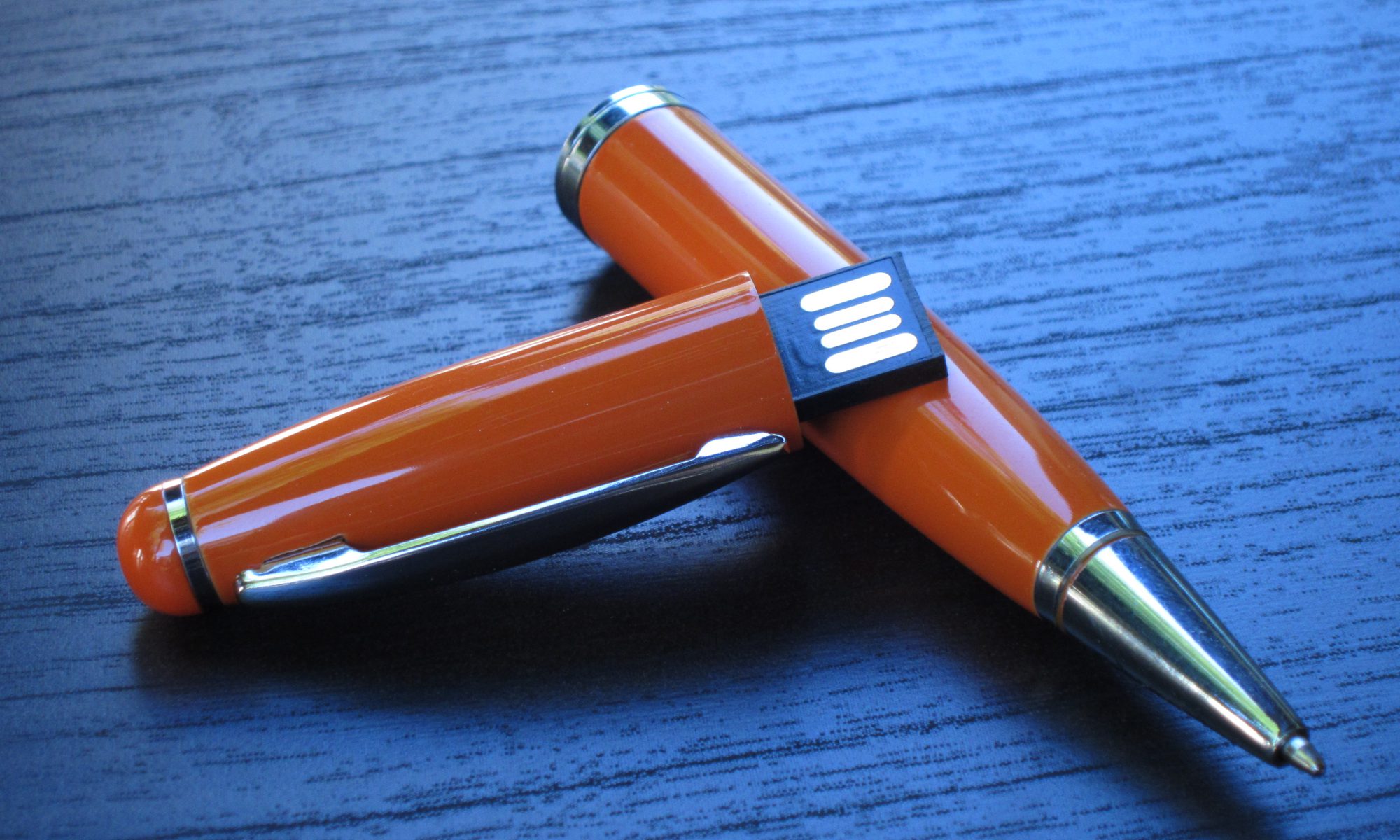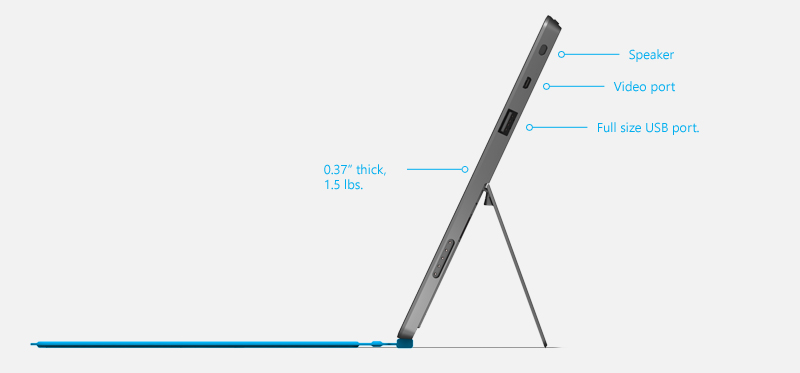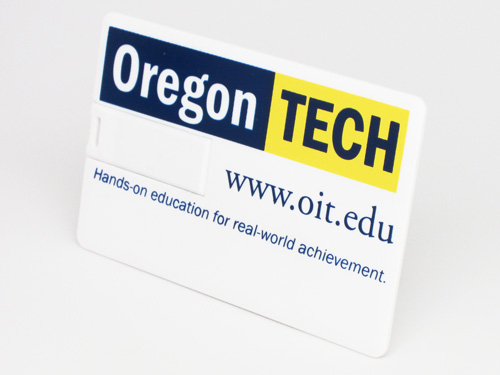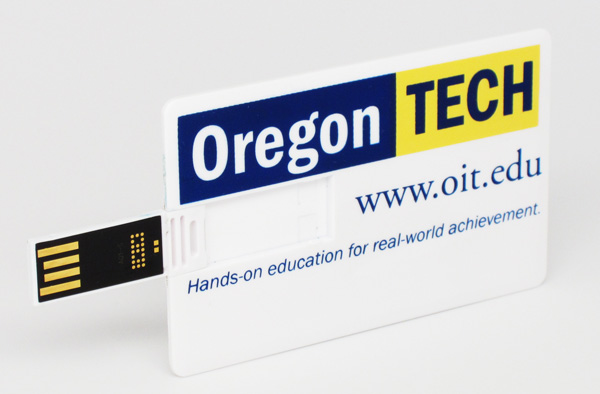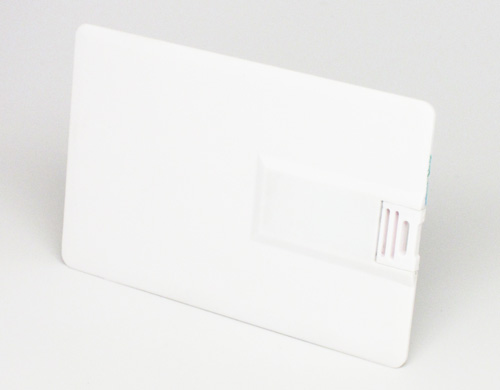The Prehistoric Times
When Apple was seen by many as a failing company, with proprietary hardware model that was not getting interest, and lack of serious software developer support, Microsoft was King. Mid 1990s were the times when the big and evil Microsoft was getting the attention of admirers and loathers alike.
Those who praised Microsoft believed that it was the future; the Windows operating system literally dominated the computing world and was only getting more market share. It had a fantastic software model through the Windows operating system and extensive developer support. It was easy to see Microsoft as the best choice for your almost any computing need.
The loathers of Microsoft, were those who pointed out the flaws of various successful Microsoft products (e.g. IE, Windows desktop operating systems, Windows Server operating systems, Exchange Server, SQL Server), and those who sat in Apple and Unix camps. Even though, most of the time, Microsoft products had more flexibility and ease of use, the Apple and Unix supporters pointed out the few benefits of their favorite products. On the Unix side, it was almost always about the stability of the operating system. I do believe that as true; however the cost was the monumental learning curve of the command line interface, and no usable solution for the desktop market (don’t get me started on NeXTSTEP). On the Apple’s side, it was simply semantics about who first came up with the user interface and the approach to best practices in usability, look, and feel of the system. The Apple’s Mac OS operating system was not that much more stable and lacked software support to make it highly usable.
One of the main reasons Apple could not get software support is its proprietary hardware model – Apple wanted to control the hardware making process. Apple viewed themselves and still do as a hardware company rather than the software one. Microsoft’s approach was to simply look at the dominance from the software point of view. If enough hardware makers adopt your operating system, it’s a clear path to dominance. The software model proved true up to the mid 2000s.
Mobile Revolution
Skipping forward in time over Apple’s funds raising saga of the early 2000s in the iPod generation, the stage was set for the revolutionary iPhone product. Propelled partly by Microsoft with a $150 million contribution, iPod was instrumental for financing of the research and development of the cutting edge technological innovation.
iPhone was the innovation that Apple needed to succeed with its proprietary hardware design platform. If you build a revolutionary product for which you control all aspects of the software development (Apps), the OS, and especially hardware, you’ll get a massive following. What Steve Jobs he has done before with Macintosh, what Bill Gates has done with Windows, and what Steve was able to repeat with the revival of Apple – Couple bleeding edge technology with a keen sense of marketing prowess. The result is history.
Software was one of the main reasons why the previous Apple products failed. The software developers just did not get on board with Apple to develop the magnitude and breadth of products Microsoft has enjoyed for its operating system. With iPhone, Steve was ready to attack the root of the problem head on. The solution was the online market of support for the iOS (Apple’s operating system on the iPhone) – Apps and the iTunes interface. With the number of Apple followers increasing, software developers were ready to cash in with the new developer platform. It was a natural choice for both the users and developers.
During this time, there have been other products available on the market that tended to the mobile world. Company such as HP had mobile devices running Windows CE with the software support from Microsoft with most notably the Office suite, and other software companies with inconsistent product offerings. What was missing is a highly usable and coherent product with a built-in online support that facilitated a universal following. A lack of clear guidance with commitment to development and support, contributed harshly to adaptation of the Microsoft mobile platform.
Apple Takes the Crown, Users are not Frowning
Apple was able to woo a large majority of equally technologically savvy and technologically challenged people to its easy to use pairing of hardware technology and software support. Apple’s user interface was built around limited set of options that allowed to accomplish highly specialized or targeted tasks. Basically, the system was designed to protect itself from users while delivering maximum performance and usability with minimum hindrance.
Intuitive interfaces and interfaces that guess your most likely intention or choice are almost the norm now. However, these so called intuitive or artificial intelligence interfaces can pose an enormous anguish and suffering to people with relatively high technological knowledge or technical savvy. This group of people can appreciate these intuitive interfaces some of the time; however ultimately they want control over the software and/or the product.
Considering that most people don’t want to control the product beyond its restricted capabilities, and are just happy to use the devices to accomplish a limited, yet highly useful set of tasks, it’s understandable that most will not be wearing a frown. On the contrary, they will be standing in line for many hours for the opportunity to be one of the first to have such a device.
Microsoft is Lost
Microsoft has been delivering consistently better products with just a few hiccups. Windows XP is by far its most successful product for the desktop PC. It has been around for 11 years so far, and is still a choice for many users around the globe. The biggest allure of this operating system is stability and high usability. You can use the graphical interface or the command line interface to control the operating system, the software, and the loaded components. It allows you almost limitless control over everything loaded and connected to the system running Windows XP. These are the reasons why Microsoft products are loved and hated at the same time. Since there are so many options and so much potential control, users and software developers can cause conflicts and essentially bring down the system to its knees.
Software developers are just as at fault as the casual users. Writing half baked drivers for half baked hardware components or recklessly (possibly unknowingly) deleting system files. Both can be potentially allowed and cause the system to become unstable. Once that happens, the users suffer and blame the computer maker or the operating system. It’s clear that robust protection must exist to allow smooth and trouble free operation of a device and/or software while making the device highly useful. It’s truly a fine line that has to be walked for software and hardware developers alike.
Most technologically savvy users dread the moment when Microsoft pulls the plug on the ability to fully control the aspects of the operating system. Some of these users have already switched to a more friendly Linux platform; however it’s not always easy to adapt to a new platform after a couple of decades of using the familiar Windows.
The strength of Windows has always been extensive usability, access to APIs, and software developer support. It’s important that Microsoft does not forget about the users who appreciate these capabilities as it carries on. These users are the core fans who can lend their support for Windows in all the blogs, news feeds, and conventions, despite knowing about its shortcomings, and recalling the pains of learning the ways of Windows through mystical errors, blue screens, and other inconsistencies.
Microsoft sorely needs an answer for a mobile operating system that can reasonably protect the user and itself from technological mistakes, while delivering high usability and blazing performance. So far Windows CE has not been a successful answer to the problem. Microsoft was lost in the world of mobile.
Apple Goes to Sleep While Microsoft Starts Waking up
The tragic death of Steve Jobs signaled the decline of Apple. I listen to many “experts” that try to dispel this as untrue; they say that Apple will be able to carry on. I have my doubts. Steve was instrumental in the masterminding the aggressive strategy of implementing and marketing of Apple products. Keep in mind that Apple must produce revolutionary products to keep attracting the user base to its tightly controlled proprietary hardware model. Even though, the essential software support has been established, it is not enough to sustain Apple’s model by itself. Either Apple needs to allow for the licensing model for other hardware manufacturers to participate in, or they need to aggressively pursue the development of revolutionary products. They can do both to secure their spot on the top; however, it seems, the tendency is to do neither.
Apple is currently under attack from the entire technological industry. Hardware makers such as Samsung, HTC, Google+Motorola, Asus, Acer, Dell, HP, Lenovo, MSI are among the few on the offensive. The largest software powerhouse – Microsoft has also woken up with its biggest anti Apple canon – Windows 8. With its excessive knowledge and establishment in the industry, they will easily pair up with the hardware powerhouses to produce powerful weaponry against Apple (thinking Transformers). And with no technological marvels on the horizon; Apple may be vulnerable.
The other large powerhouse – Google has been awake for some time with the Android operating system. Now Google combines with Motorola to produce a quite menacing combination that can produce the bleeding technological marvels faster than Apple – Google+Motorola.
It seems that Apple has gotten complacent while basking in the wealth and popularity of its followers. In the good times, it’s easy to forget how hard it was to get to the top. Without an aggressive, paranoid, and genius leader, Apple is rotting and there is no one to reverse the process. Now, an exceedingly large corporation, lead by the highly educated financially oriented individuals, Apple has gotten slow, safe, and focused on the blend corporate mentality. This kind of mentality has killed the future of this company before, and is getting ready to kill again.
Microsoft has been lacking the direction from its aggressive leader as well. Bill Gates has pursued other interests and it shows in the lackluster performance of the company in the past decade. Windows 8 has been long overdue to power the hardware that has been ready for sometime now. Knowing Microsoft products well, I’ll not be surprised by many bugs, service packs that follow, and numerous issues with the new operating system. Most likely, in a year or two from its initial release, the Windows 8 operating system will be a great choice for those who are familiar with the look and feel of Microsoft products and those who try it from the Apple realm. Even here, the aggressive stance with development, marketing, support, and implementation is essential for the future of Windows 8. Google+Motorola is not patiently waiting to allow its Android platform to be easily dominated.
Oh Joy! The USB Port is Back!
For the reasons, not widely known, I was compelled to write an extremely long introduction to the simple notion of the return of the USB port. One of the reasons, I am happy to disclose, was Apple’s proprietary hardware design that heavily affected the experience and the technology that could or could not be used with Apple products. While Apple products allow for ease of use, they limit what users can do. As was previously discussed, the limits can protect the device from reckless, improper, or unintended use; however the limits, by their nature, disallow access to features or technologies. More importantly, in case of Apple’s hold on its proprietary hardware, the limits can severely punish or reward technologies at the discretion of Apple’s management.
Case in point – the USB port; the lack of the USB port on the iPad and the lack of interest to add such capability has made the USB devices less desirable. The convenient USB flash drive was placed on the road to being obsolete by increasingly high adaptation of the iPad. Users have been forced to store data on the cloud or store the data locally on the device with no easy way of making the data transferable via any other means. The cloud can be a good choice for some users; however, as we discussed in the previous blog entry, some users may still prefer the local transferable storage.
It was to my great surprise and satisfaction when I read that the Windows 8 based tablets will support USB interface with at least one USB port.

Intel’s tablet suited chips do not feature the native support for the USB interface; however AMD has on chip built-in support, and therefore is easier to integrate with less power consumption.
I’ll put off the topic of processor or accelerated processing units (APU) for tablets for the next post in our blog. The APU design, and especially the power consumption is critical to the performance of Windows 8 tablets. Thus, any chance of success is resting notably on Intel’s and AMD’s shoulders.
Conclusion
Windows 8 paired with the hardware titans such as Samsung, HP, Acer, Asus, Dell and others along with Google’s Android + Motorola pairing come to wake Apple up, and give a dose of healthy competition to the world of technological innovation. When there is healthy technological competition, users choose what technology is best. With the introduction of Windows 8, hardware makers are able and willing to return the USB port back to the masses. I welcome the return, and quite glad that finally the users are given a chance to drive the future of mobile technological innovation through availability of choice.
